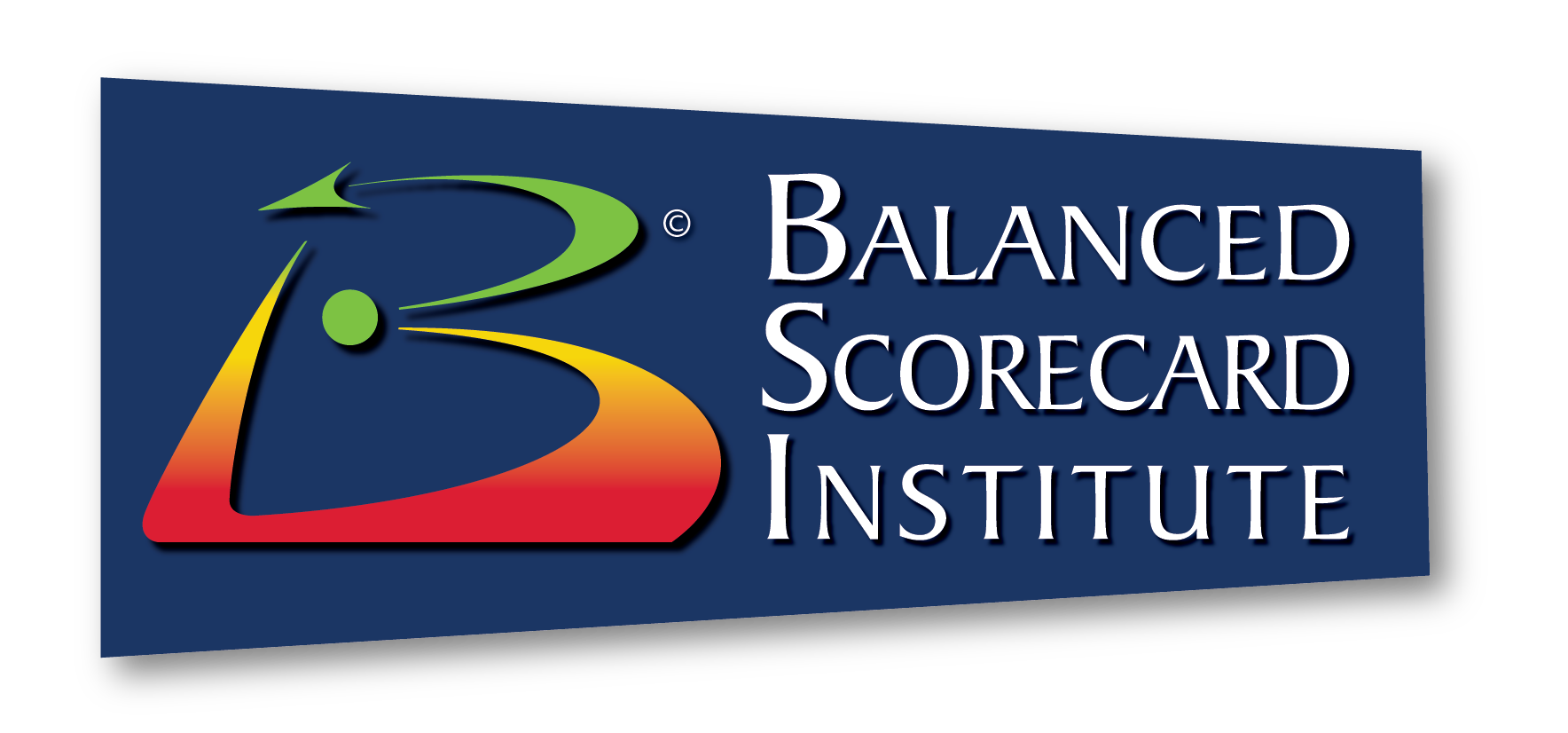Definitions
Some of these definitions were obtained from US federal government agencies such as the Office of Management and Budget (OMB) or the Government Accountability Office (GAO); some were obtained from other authorities. Links are provided to sites that add more details.
Activity-Based Costing (ABC): A business practice (invented by Dr. Robert Kaplan of Harvard, who also invented the balanced scorecard) in which costs are tagged and accounted in detailed activity categories, so that return on investment and improvement effectiveness can be evaluated. Implementing ABC requires proper data structures and an adequate data collection and reporting systems (such as ERP) involving all employees in the activity. Recently Dr. Kaplan has simplified and modified ABC into Time-Driven ABC.
Activity-Based Management: The use of ABC data to ascertain the efficiency or profitability of business units, and the use of strategic initiatives and operational changes in an effort to optimize financial performance.
Agency: In most US Federal Government legislation, an organization with a budget of at least $20 million per year.
Applied Information Economics (AIE): AIE is a practical application of scientific and mathematical methods to the Information Technology investment process. AIE uses statistical methods to maintain consistency in risk analysis and decision making with a specified level of uncertainty.
Architecture: Design; the way components fit together to form a unified system. May be conceived of any complex system such as “software architecture” or “network architecture” [Free On-line Dictionary of Computing]. An IT architecture is a design for the arrangement and interoperation of technical components that together provide an organization its information and communication infrastructure. [ICH].
Assessment: Any effort to gather, analyze and interpret evidence which describes organizational effectiveness. See also Evaluation.
Balanced Scorecard: A measurement-based strategic management system, originated by Robert Kaplan and David Norton, which provides a method of aligning business activities to the strategy, and monitoring performance of strategic goals over time.
Baldrige Award: A prestigious award, developed by US Commerce Secretary Malcom Baldrige in 1984 to offer an incentive to companies that score highest on a detailed set of management quality assessment criteria. The criteria include leadership, use of information and analysis, strategic planning, human resources, business process management, financial results and customer focus and satisfaction. The award is currently administered by the National Institute for Standards and Technology.
Baseline: Data on the current process that provides the metrics against which to compare improvements and to use in benchmarking. [GAO]
Benchmarking: The process of comparing one set of measurements of a process, product or service to those of another organization. The objective of benchmarking is to set appropriate reliability and quality metrics for your company based on metrics for similar processes in other companies.
Business case: A structured proposal for business improvement that functions as a decision package for organizational decision-makers. A business case includes an analysis of business process performance and associated needs or problems, proposed alternative solutions, assumptions, constraints, and a risk-adjusted cost-benefit analysis. [GAO]
Business Process Improvement: A methodology for focused change in a business process achieved by analyzing the AS-IS process using flowcharts and other tools, then developing a streamlined TO-BE process in which automation may be added to result in a process that is better, faster, and cheaper. BPI aims at cost reductions of 10-40%, with moderate risk.
Business Process Reengineering: A methodology (developed by Michael Hammer) for radical, rapid change in business processes achieved by redesigning the process from scratch and then adding automation. Aimed at cost reductions of 70% or more when starting with antiquated processes, but with a significant risk of lower results.
Capability Maturity Model: A scale for assessing the degree of built-in documentation and discipline in a process, in which the scale is:
- Level 1 – Initial – with no formal process
- Level 2 – Managed – processes are planned and controlled
- Level 3 – Defined – processes described in standards, tools, and methods
- Level 4 – Quantitatively Managed – subprocesses are controlled using data analysis
- Level 5 – Optimizing – data are used to continuously improve processes.
Contact us to find out how we can help you take your strategy to the next level!
